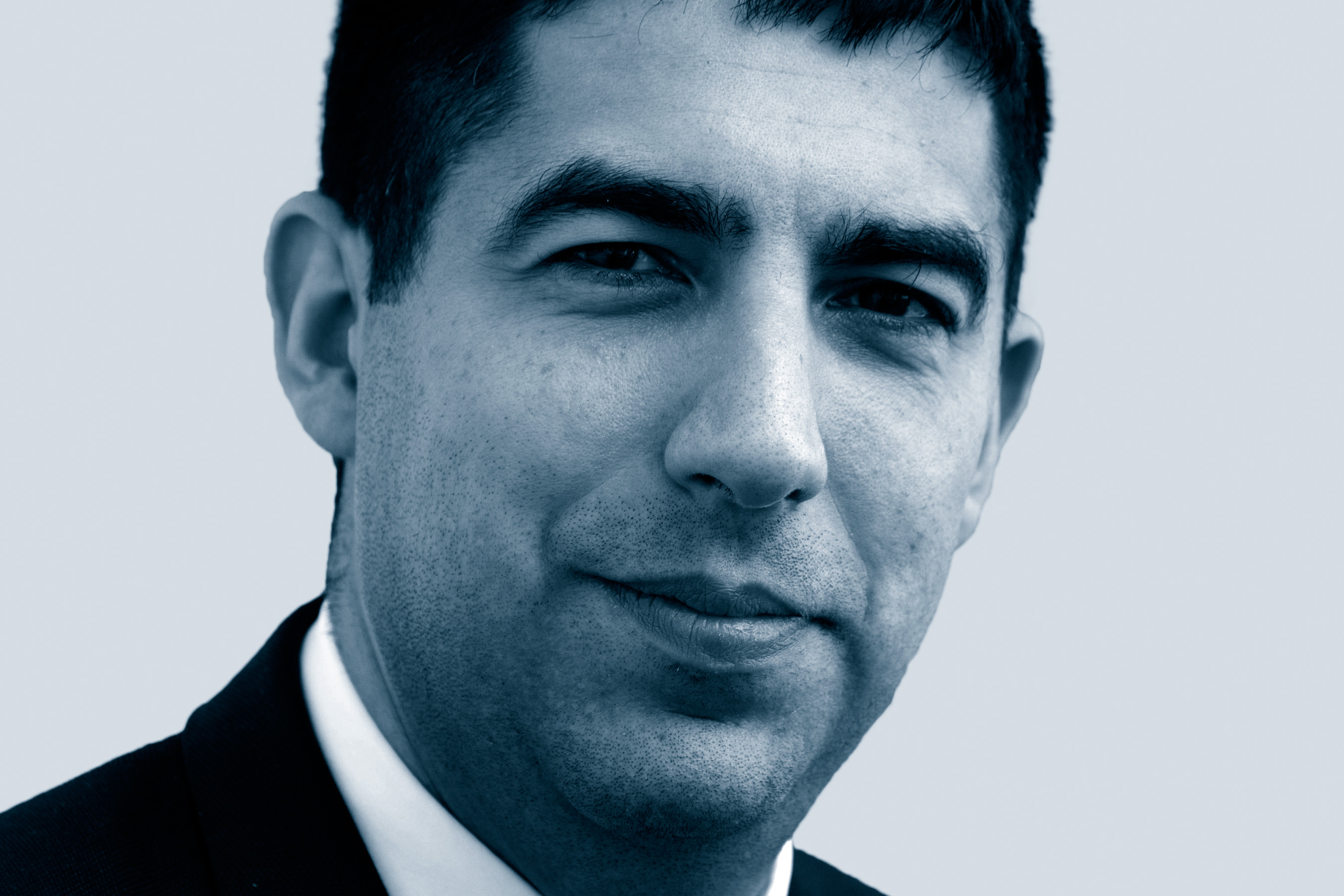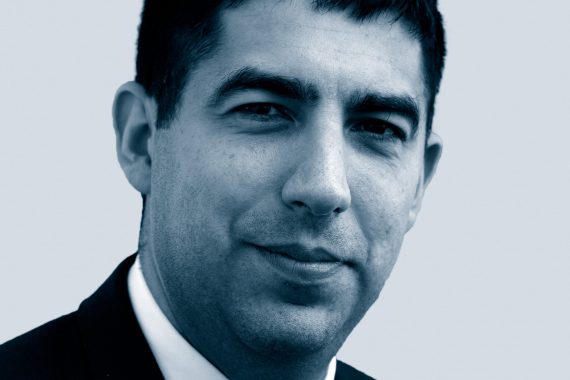
Pulse has been monitoring the number of practice closures in the UK since 2014. That year, we launched our ‘Stop Practice Closures’ campaign with the worrying message that LMC leaders were predicting a potential 100 closures in the following year.
This was a quite astounding prospect. Although these were still only predicted closures, at the time we felt such a big number justified the launch of a campaign.
A year from its launch, Pulse’s campaign yielded what we thought was a win: a £10m fund from then health secretary Jeremy Hunt for vulnerable practices as part of his doomed ‘new deal’. It wasn’t a huge amount, but it was an acknowledgement that closures were a problem.
In 2016, NHS England released its GP Forward View. This provided even more financial support as part of its ‘resilience fund’. All the devolved nations launched their own versions of this fund.
Yet by now the figure of 100 was no longer notional. Indeed, 130 practices were closing a year. Singlehanded GPs continued to retire, with no one to hand the reins to; partners in larger practices could not handle the workload and, unable to recruit, they had no choice but to close; and the CQC went about its business removing registrations from practices – leaving their neighbours with little choice but to absorb their patients.
The following year, 2017, brought a similar story. For the second successive year, more than 130 practices closed. By this time, GPs were feeling saturation point must have been reached; surely there were only so many more closures the system could handle.
Surgeries aren’t closing because GPs want to join bigger, shinier ones
Sadly, our investigation this month reveals that closures show no signs of slowing. There were more than ever last year – from a smaller pool of practices, of course.
These surgeries aren’t closing because GPs want to join bigger, shinier practices, as some would have you believe. Partners at these practices are taking the heartbreaking decisions as a last resort.
Our case study, Dr Hazel Drury, says she didn’t close her singlehanded practice so that she could move to her current one, as much as she is now happy there. Nor did her colleagues who were forced to shut their practices. They were left with no other option.
As Dr Drury puts it: ‘Because of other closures of all the practices around us, it’s like all the rats jumped onto the one ship that’s actually still floating and not sinking.’
We have featured health secretary Matt Hancock on the cover. He may have had little to do with these closures personally. But I fear that his plan – which revolves around primary care networks – won’t stem the flow of practices shutting their doors. It won’t magic up GPs. And I don’t believe the more robust practices will be able to help much when their vulnerable network-mates succumb to what are systemic problems.
This might be a particularly grim editorial. But practice closures are grim. And while they continue to take place at the current rate, we can only look back on the halcyon days of 2014 where a potential 100 closures was seen as big news.
Jaimie Kaffash is editor of Pulse. Follow him on Twitter @jkaffash or email him at [email protected]
Pulse October survey
Take our July 2025 survey to potentially win £1.000 worth of tokens













